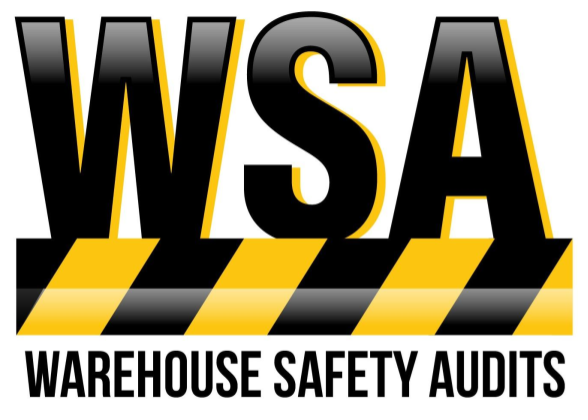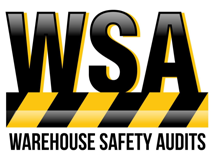Keeping Your Warehouse Safe: Legal and Regulatory Aspects of Audits in Australia
Warehouses are vital cogs in the Australian supply chain, but with their inherent risks, safety is paramount. Warehouse safety audits are a crucial tool for ensuring a secure environment for workers, goods, and the overall operation. But what are the legal and regulatory aspects driving these audits? Let’s delve into the framework that keeps Australian warehouses humming safely.
The Legislative Landscape
Australia employs a harmonised approach to workplace safety, with each state and territory adhering to the core principles outlined in the Work Health and Safety Act 2011 (WHS Act). This Act establishes the overarching duty of care all entities have to ensure the health and safety of workers.
Key Regulations for Warehouses
Several key regulations flow from the WHS Act and hold specific relevance to warehouse safety:
- Work Health and Safety (WHS) Regulations 2011: These regulations detail specific requirements for various workplace hazards, including those commonly found in warehouses, like manual handling, working at heights, and dangerous goods.
- Dangerous Goods Act 2001 and Regulations 2001: Warehouses storing hazardous materials must comply with these regulations regarding storage, handling, and labeling.
The Role of Audits
While not explicitly mandated by law, regular warehouse safety audits are an essential aspect of demonstrating compliance with the WHS Act. These audits systematically assess your operations against WHS regulations and identify potential risks.
Benefits of Regular Audits
Proactive safety measures not only ensure a healthy workforce but also offer advantages like:
- Reduced Risk of Incidents: Identifying and addressing safety hazards before they lead to accidents.
- Lower Workers’ Compensation Costs: A safer workplace translates to fewer claims and lower premiums.
- Improved Productivity: A well-maintained and organized warehouse fosters efficiency in operations.
- Enhanced Brand Reputation: Demonstrating a commitment to safety strengthens your brand image.
Who Can Conduct Audits?
Warehouse safety audits can be conducted internally by qualified personnel or by external WHS consultants with expertise in warehouse operations.
Conclusion
Warehouse safety audits are not just a box-ticking exercise; they’re a vital tool for safeguarding your workers, your business, and your reputation. By understanding the legal and regulatory landscape surrounding these audits, you can ensure your warehouse adheres to the highest safety standards in Australia.
Additional Resources
For further information on WHS regulations and best practices, consider consulting these resources:
- Safe Work Australia: https://www.safeworkaustralia.gov.au/
- Your State or Territory Work Health and Safety Regulator
By prioritising safety through regular audits, you can create a secure and efficient warehouse environment that thrives.


